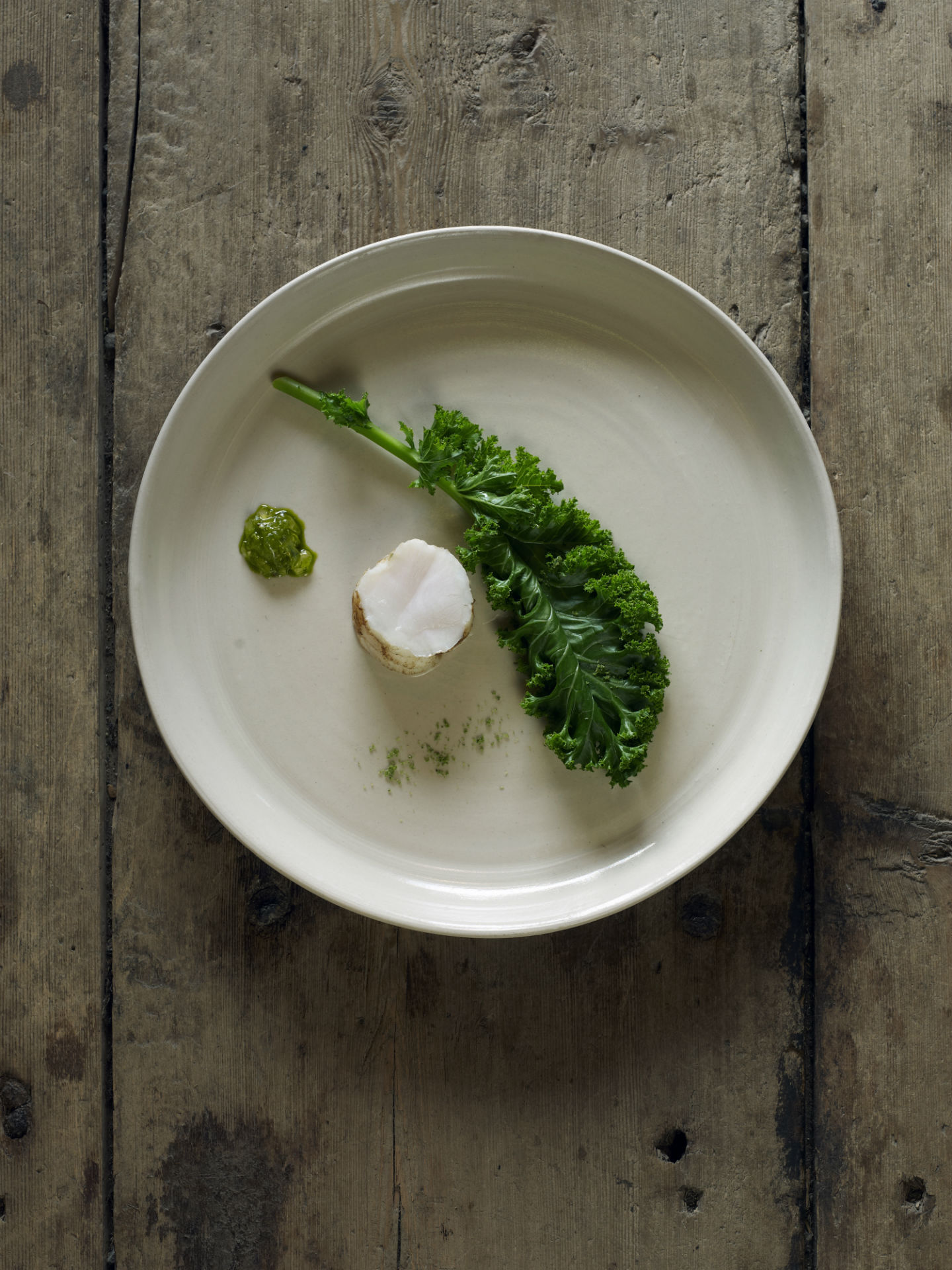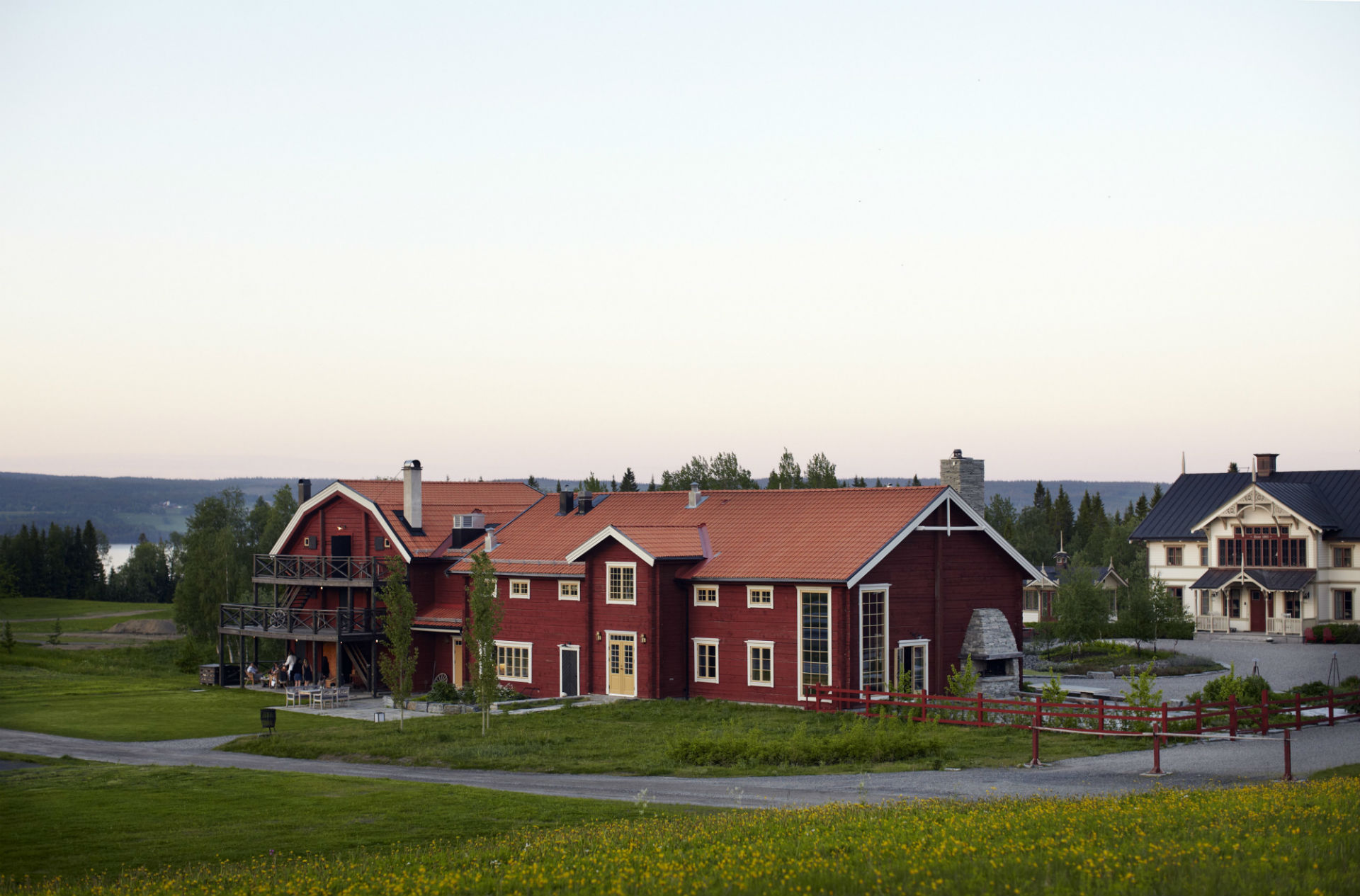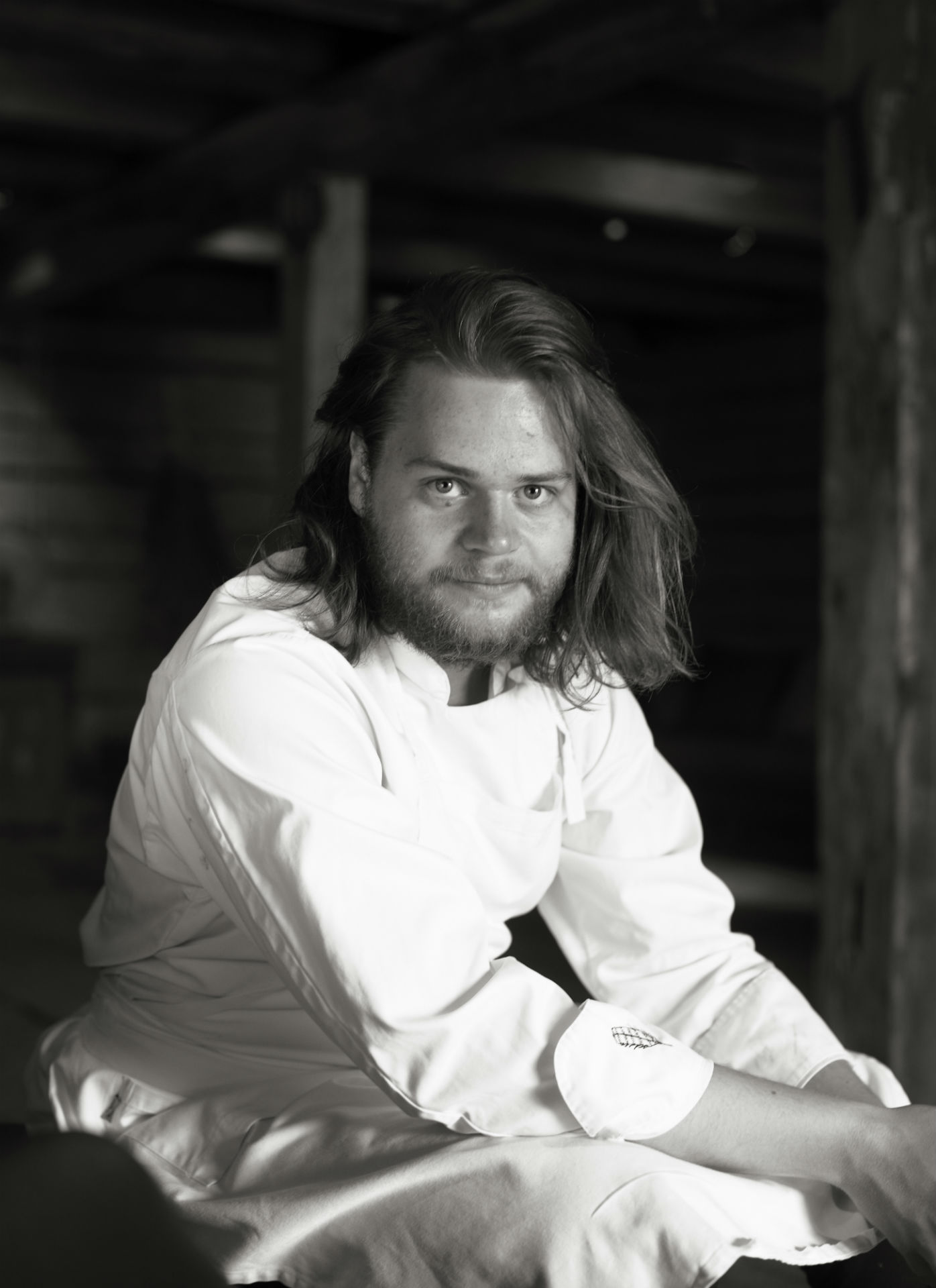Less is more for this talented cook who relies on Jämtland’s forests, lakes, and soil to supply almost everything he serves over 32 courses each night at Fäviken.
Nilsson believes his limited larder helps him to invent new recipes. Not being in a big city, with access to produce from all over the world, prompts him to find different solutions with world renowned results.


Fäviken, which is based in Jarpen, 750km from Stockholm, relies on produce grown or caught on the restaurant’s 20,000-acre grounds or very nearby, from fish to beef. The only exceptions are salt, sugar, and alcoholic vinegar.
For Nilsson, who trained at a cooking school in nearby Åre, Sweden’s biggest ski resort, local vegetables are particularly important. Each January, when he is choosing which crops to plant in spring, he is already thinking about how to serve what he will eventually harvest. He has hundreds of research projects under way to develop techniques for cultivating herbs, vegetables and even fish.

Fia Guliksson, a local gastronomic entrepreneur and regional food champion, says Jämtland is special because “we’ve never been industrialised, so our artisan knowledge never died; we never had to reinvent it, how to grow produce and forage. That is why we have so many artisan food producers – around 220 in a region with a population of just 123,000.”
These include Oviken Ost, a cheese maker from Oviken, near Ostersund, that uses unpasteurised raw milk. The farm has been run by the same family – the Åkermos – since the fourteenth century.
Jämtland would be polar if not for the Gulf Stream, making it possible to grow similar crops to countries like the UK, although at a much slower pace. With patience, comes flavour. “A raspberry that takes 40 days to ripen will only have 30 per cent of the aroma and taste of one that takes 90 days to ripen. The closer to the edge of a plant’s possible growth zone you are, the more flavour some fruit has,” says Nilsson.
Chefs aren’t the region’s only beneficiaries. Companies like tentmaker Hilleberg and Trangia, the iconic stove maker, were started in Jämtland to create products so that locals could enjoy the landscape on their doorstep. Much like Fäviken.

